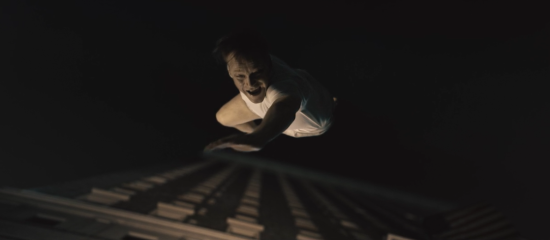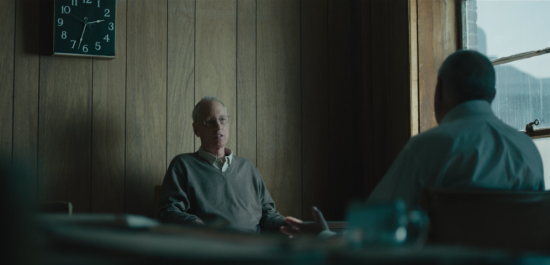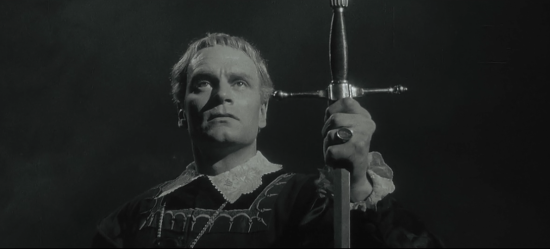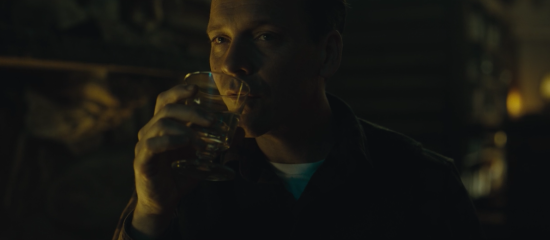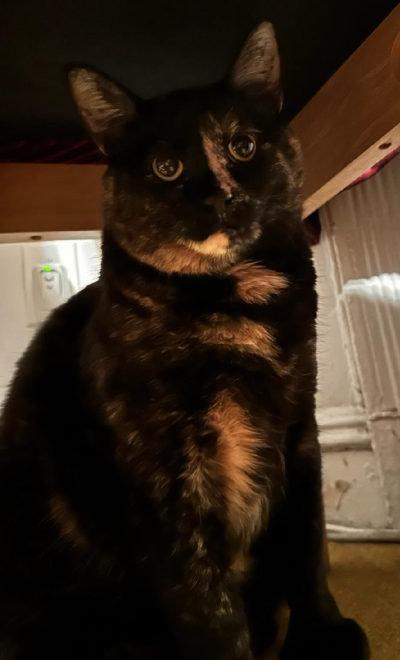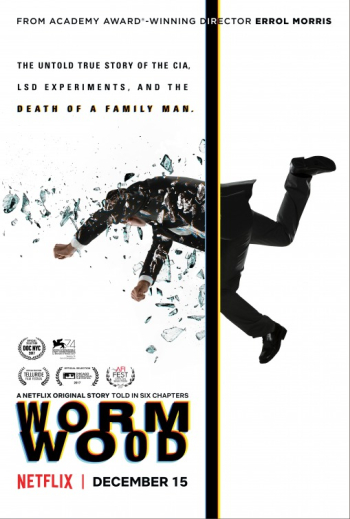 Errol Morris’s six-part Netflix documentary series “Wormwood” wears out its welcome by the end of the fourth episode. It’s not that the subject matter isn’t as gripping as it is disturbing — you’ll come away being as fearful of C.I.A. spooks as you are of ISIS — but rather that there is so much repetition and filler that you can’t help being bored long before the long-telegraphed narrative hook comes along in the sixth episode. How many times do you need to see a guy falling out of a window to get the point?
Errol Morris’s six-part Netflix documentary series “Wormwood” wears out its welcome by the end of the fourth episode. It’s not that the subject matter isn’t as gripping as it is disturbing — you’ll come away being as fearful of C.I.A. spooks as you are of ISIS — but rather that there is so much repetition and filler that you can’t help being bored long before the long-telegraphed narrative hook comes along in the sixth episode. How many times do you need to see a guy falling out of a window to get the point?
Perhaps Morris was too in tune with his subject to exert his traditionally reliable editorial expertise. “Wormwood” could easily have worked as a two-hour movie, but it simply doesn’t hang together for four-hour’s worth of screentime. As such, “Wormwood” represents Morris’s weakest effort to date.
Nevertheless, the story is compelling. In 1953 Frank Olson, a U.S. Army scientist working on a chemical weapons program (dubbed Artichoke) geared for use in the Korean War, fell, jumped, was pushed or “dropped” from the 13th floor of the Statler Hotel (a.k.a. the Hotel Pennsylvania) in midtown Manhattan. Splat.
Since then, Frank Olson’s son Eric (who was nine-years-old at the time of his father’s suspicious death) has been preoccupied with getting to the bottom of the story behind his father’s bizarre demise, which the C.I.A. attributed to an LSD experiment gone wrong.
Eric Olson proves to be an ideal participant in Morris’s signature fever-pitched procedure for incendiary question-and-answer sessions. Both men speak in confrontational upper register clips that urgently demand no-nonsense answers.
Morris notably eschews using his go-to Interrotron machine that allows interviewees to speak direct-to-camera (see "The Fog of War"), in favor of a more casual setting of talking across a table in an unadorned room. The only embellishment is a clock that hangs behind Eric Olson’s head, stopped at the exact moment that his father perished on the asphalt of 7th avenue. Another drawback to the series is its dark, drab visual style that has a droning effect. It nearly puts the viewer to sleep.
Morris uses the ever impenetrable Peter Sarsgaard to play the part of Frank Olson in reenactments of events leading up to the wee hours of November 28, 1953 when Olson’s life came to an end. Tim Blake Nelson, Bob Balaban, Molly Parker, and Christian Camargo function well in other supporting roles however unnecessary many of their scenes become by the time the final episode rolls around.
“Wormwood” is a lurid Cold War scenario that shows the U.S. Government at its worst, weaving skullduggery like so much wool at the hands of such real-life goons as Donald Rumsfeld and Dick Cheney. Indeed, this is nightmare-producing stuff. It comes as a relief when Morris intercuts footage from Laurence Olivier’s famous 1948 film version of “Hamlet” to give literary resonance to Eric Olson’s ongoing rabbit-hole existence as a man consumed with the meaning of his father’s death. It's enough to drive a man, or an audience, to drink.
Not rated. 241 mins. (B-) (Three stars — out of five / no halves)
A small request: Help keep Cole Smithey writing reviews, creating video essays, and making podcasts. Click on the button to pledge your support through Patreon, and receive special rewards!
Groupthink doesn't live here.


